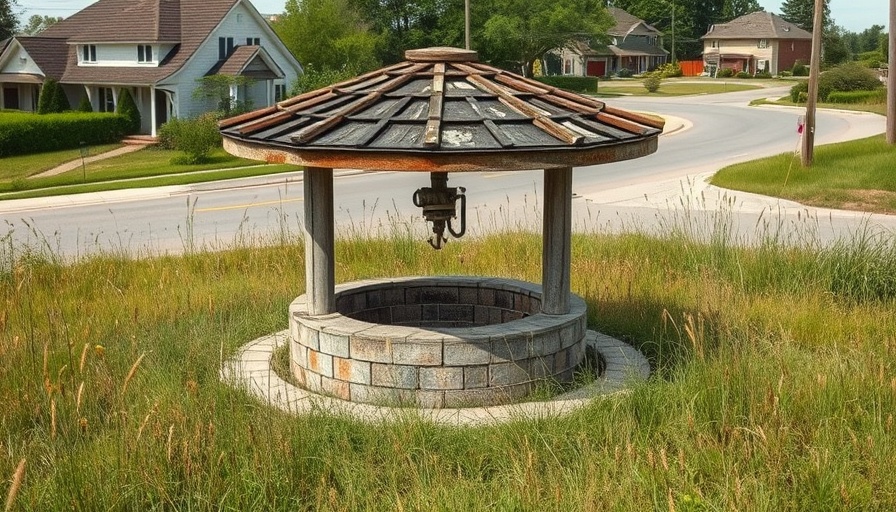
Understanding Orphan Wells and Their Risks
Orphan wells, often hidden from public view, have become a significant concern in the context of environmental safety in the United States. Abandoned oil and gas wells, particularly those without active owners, pose serious threats to groundwater, as highlighted by researchers from the United States Geological Survey (USGS). These wells can leak harmful contaminants like hydrocarbons and methane, potentially compromising the quality of drinking water from nearby aquifers.
Mapping the Threats: A New Study
In a groundbreaking study published in the journal Science of the Total Environment, scientists have compiled a comprehensive map detailing groundwater variables to determine which aquifers are at the highest risk of contamination due to these orphan wells. The research examined 117,672 documented orphan wells and revealed alarming statistics: over half of these wells are situated within aquifers that are responsible for supplying 94% of the nation's groundwater. This means that many communities may be living in close proximity to potential contamination sources.
The Geography of Risk: Where Are the Most Vulnerable Aquifers?
The study pinpointed regions such as California, Appalachia, and the Gulf Coast as particularly susceptible to contamination. For instance, in Pennsylvania's aquifers—home to some of the oldest oil wells in the country—the concentration of orphan wells is striking, prompting concerns over water safety in these areas. Similarly, the Coastal Lowlands aquifer system in the Gulf Coast region is highly vulnerable, primarily due to the proximity of wells to wetlands and open waters, which are easier targets for contamination.
Why Should You Care? The Implications for Everyday Life
For residents in these regions, understanding the proximity to orphan wells can be a matter of public health and safety. Orphan wells are often over a century old and can be found near residential water supply wells. As such, knowledge about these risks enables communities to advocate for better regulatory measures and the proper sealing of wells to protect their water supplies.
The Call for Action: Plugging Orphan Wells
To mitigate these risks, the study emphasizes the importance of sealing orphan wells. Plugging these wells effectively cuts off pathways that allow contaminants to migrate into aquifers. The researchers urge prompt action from local governments and environmental organizations to address the orphan well issue before it leads to more significant public health challenges.
What Can You Do?
Stay informed and engaged with local environmental issues. Check maps and resources that detail well locations, especially if you live near potentially affected aquifers. By holding local governments accountable for the management of orphan wells, you contribute to healthier communities and a safer environment.
Final Thoughts
With more than half of the orphan wells located in key aquifers across the United States, this study sheds light on a pressing environmental issue. Orphan wells pose a real hazard, but by raising awareness and pushing for solutions, individuals and communities can help protect their water resources.
 Add Row
Add Row  Add
Add 




Write A Comment